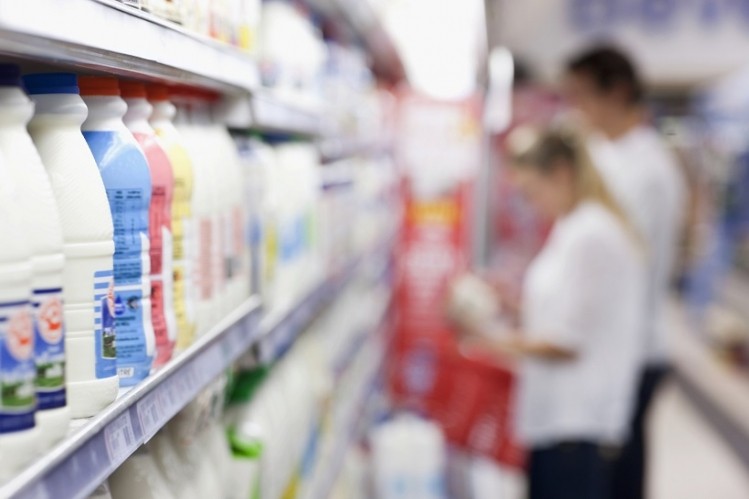Dairy markets kick off 2023 with lower prices, "pinched" margins for farmers

“There's still a lot of uncertainty out there, as there always is in commodity markets, but it looks like right now my general story is that we've got prices that are down versus last year, and it now at least looks like a more stable price environment,” McCully said. “If we do have a drought this summer and feed costs take off, then all bets are off on dairy prices, and we'll see prices move back up, but for now, a more stable environment for cost this year.”
Milk production up, butter price projected to come down
Dairy production has remained strong in 2023 and several categories have seen growth from last year’s numbers, McCully said. US milk production rose 0.8% vs. the prior year in February, according to the USDA Milk Production report, he shared.
Elsewhere, the "butter market has come down; it's stabilized, and prices got a little more downside to go to it," McCully said. While CME butter prices have moved above $2.40 recently, heading into the Easter and Passover holiday season, "there's a lot of butter stocks out there, and it should see some prices coming down," he said. US butter stocks in January were also 20% above last year's numbers, he added.
For cheese, CME block cheese prices have been within the $1.80-2.00 range since mid-January, while barrel cheese prices have been around $1.50 for the start of the year but have jumped to $1.90 in March, McCully said. Additionally, cheese stocks dropped in January for the first time since 2018, he said. Retailers had "a fair bit of pipeline refilling," as the holiday demand for cheese came down, resulting in the drop in stock, McCully explained.
On the lower performing side, “milk powder is one ... [of] the weakest of the major commodities," McCully said. Milk powder buyers "have been pretty well covered for the first half of the year," and they continue to see prices lower, he said. Currently, CME prices are around $1.20 and could inch even lower. However, "at some point, the calendar forces buyers back to the market to buy third quarter and fourth quarter coverage," he added.
Farmers are feeling margins pressures, as some costs come down
While prices are going down across several categories, dairy farmers’ “margins have been pinched” due to the price of dairy products going down and production costs, like feed, going up, McCully said. Farmers have responded to these dynamics with “elevated rates of cow culling so far this year,” he said.
While corn futures are "high relative to historical averages," the price is at an average of $5.50 for December 2022, as opposed to the high of around $7.00 in June/July of last year, McCully said. Farmers might also see some margin relief from other dropping feed prices, like soybean meal and hay, he added.
“There is some regional dynamics that are in play” on dairy production costs, McCully noted. Dairy producers in the west and south-west “tend to buy more of their feed versus raise it,” which is also attributing to the margin pinch, he added.
Weather and water availability could play a role in impacting margins as well, McCully explained. For instance, “California has been dealing with a lot of weather that is negatively impacting their milk,” he said. However, farmers could use that water to help raise their feed, as opposed to buying it, or conversely, too much rain in the months to come can flood feed crops, he added.









